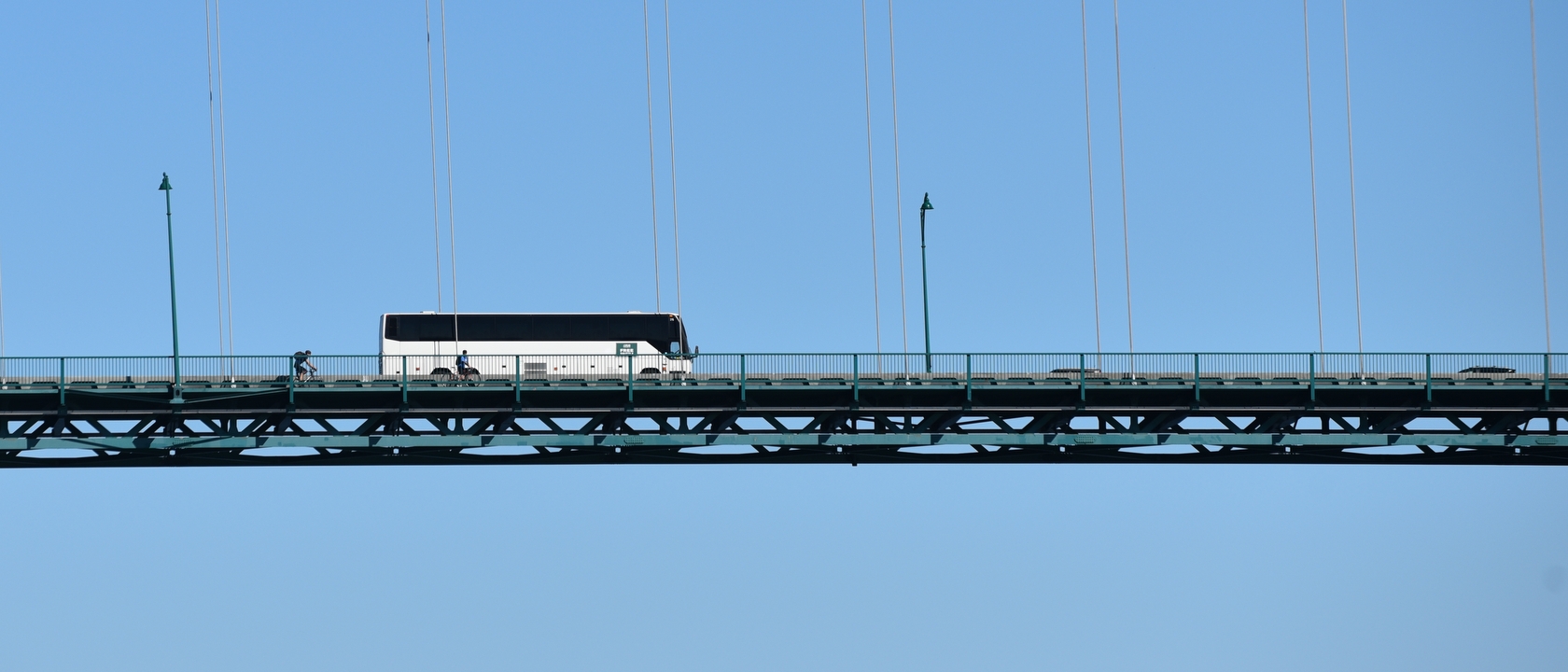SLOW TRAVEL

After their very first sailing, travelers commonly become comfortable with the idea of cruising. Like so many other things in life, first-hand experience has a way of doing that. Sail a few times and falling into a routine of sorts is common as well. They become comfortable arriving at the embarkation port early, late or somewhere in-between. Once on board, their first stop might be lunch on the lido deck, a chair by the pool or somewhere else. They might follow the advice of friends, travel agents, the cruise line and other trusted sources or just take the day as it unfolds. The customizability of cruise travel is now and will probably always be a big factor in choosing to sail over other modes of travel. When all is said and done, a positive experience encourages us to repeat it, a negative one to consider other travel options but in the process, what we think of as cruise travel secrets are developed.
Shore Excursions
A big part of the planning process for many cruise travelers is booking shore excursions in advance of travel. That’s a commonly-suggested activity that helps plan what we will do and see each day of the cruise. The process also helps with budgeting both travel funds and our time. Some travelers book and pay for excursions in advance of boarding, locking in the time and cost in advance. Others wait to book on board.
The Secret: A first stop we make on first day is always the ship’s shore excursion desk to check and/or modify our plans. The people who work there are on the ship sailing after sailing and know which tours are best. They can take one look at us and know we have the ability to get the most out of those tours, or not. I can’t count the number of times we have been on tours with fellow passengers who do not have the mobility to get the most out of them.
Stateroom Location
A lot of attention is often given to the location of a stateroom when booking a cruise. The thought is that the best place to be for a comfortable ride is the center of the ship. In theory, this is true. Think of the ship as a teeter totter, the playground toy of your childhood. Those on either end go up and down a lot while someone standing in the middle would not move quite as much. Based on the physics of this argument, the dead center of the ship would indeed be the place to be for the least amount of movement.
The Secret: The entire topic of motion discomfort is actually one that, for most people, is an easily manageable one. Those who have been “car sick” have a good chance of being “sea sick” but measures taken in advance of sailing can eliminate that potential trip-busting issue. Lisa, for example, takes a Bonine pill every morning starting two days before sailing and has never had an issue with motion discomfort. We really don’t know if she would or not without those pills. Still, why take the chance? Once motion discomfort has set it, you blew a day or two of your otherwise fabulous cruise vacation hugging a pillow after visiting the ship’s medical center.
Pricing
Regardless of how they go about it, most travelers consider booking the end of the pricing phase of the process. They then go on to think about getting to the ship, book airline flights, pre- and/or post-cruise hotel stays, transfers to and from the ship, shore excursions and onboard packages. To a point that makes sense. They have to get to the ship somehow. Unless driving to the embarkation port, they might need a place to stay before and/or after sailing.
The Secret: Unless booking a severely restricted fare, consider booking the beginning (not the end) of the process and keep looking. A better overall value may come up along the way between booking and when final payment is due. That better value may be a flash sale, good for only a few hours of a day. Great example: Carnival Cruise Line‘s Early Saver Fare pretty much guarantees the lowest fare. If the price goes down, you get the difference in onboard credit, cash to spend on the ship. Still, you (or your travel agent) will need to find that lower fare and ask for it.
Some other tips for getting the most out of travel, not really secrets but good practices nonetheless:
One of the most critical questions those who do the planning can ask of those we travel with, after getting off the ship, on the way home: What was your favorite part of the cruise? The answer often drives the direction we will go next.